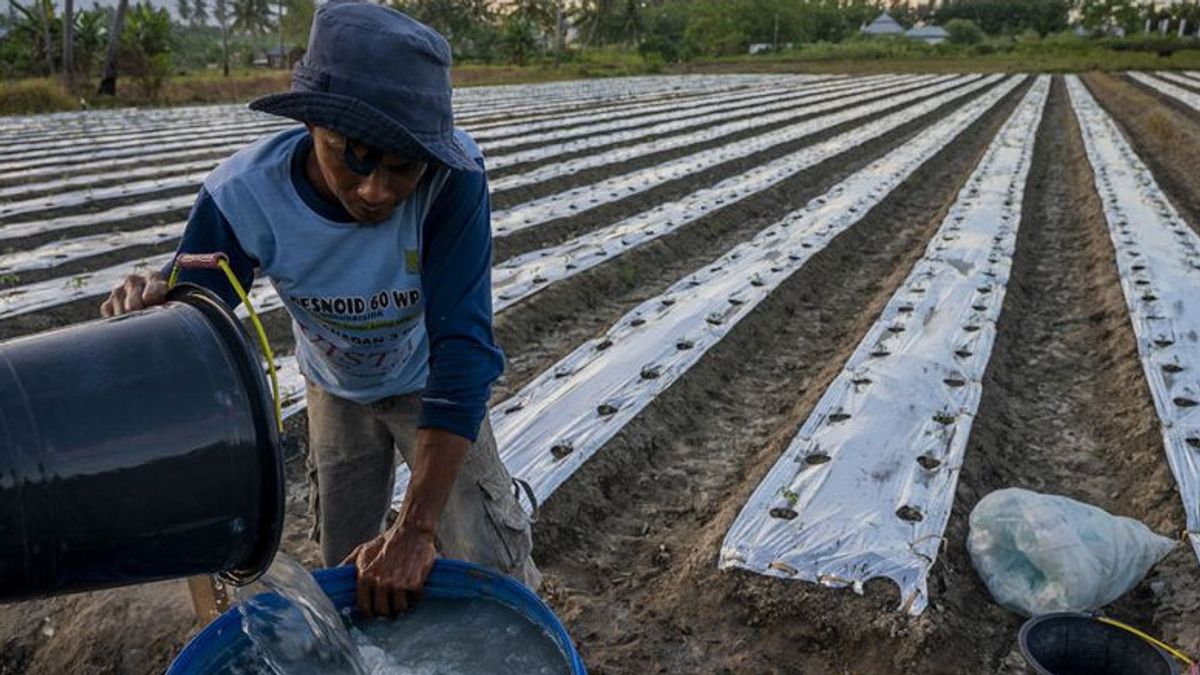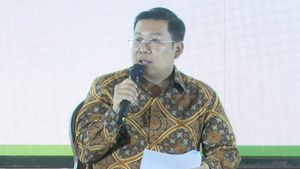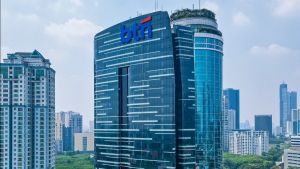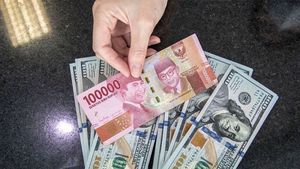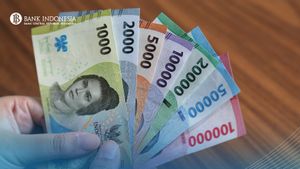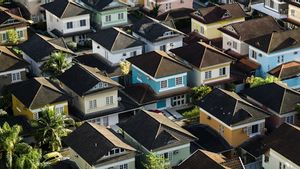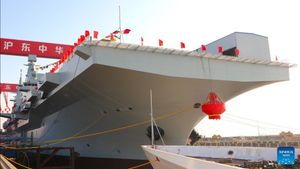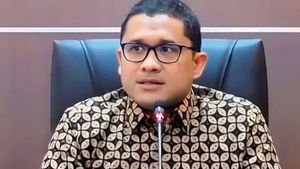JAKARTA - The government has officially limited fertilizer subsidies to farmers as a result of the Russo-Ukrainian war. Initially, there were six types of fertilizers that were subsidized by the government, now only two types of fertilizers are subsidized, namely Urea and NPK (Nitrogen, Phosphate, and Potassium).
This decision is also in line with the issuance of Minister of Agriculture Regulation (Permentan) Number 10 of 2022 concerning Procedures for Determining the Allocation and Highest Retail Price of Subsidized Fertilizers in the Agricultural Sector. This rule was promulgated on 8 July.
Director General of Agricultural Infrastructure and Facilities at the Ministry of Agriculture Ali Jamil said, Indonesia was faced with global geopolitical turmoil due to the Russia-Ukraine war. This condition, said Ali, helped raise the price of food and energy which led to an increase in production costs and triggered an increase in inflation in various countries.
"The increase in energy prices, both oil and gas, also has an impact on the increase in global fertilizer prices. Considering that one of the raw materials for fertilizers has increased. So it also helped raise world fertilizer prices," he said at a press conference in Jakarta, Friday, July 15.
In fact, Ali revealed, reports from the World Bank show that the increase in fertilizer prices has reached around 30 percent in 2022.
"This situation demands that we continue to improve and improve the optimization of subsidized fertilizers so that they are effective and targeted," he said.
Ali explained that subsidized fertilizers are intended for farmers with a maximum land area of 2 hectares (Ha) each planting season and must be members of farmer groups and registered in Simluhtan or agricultural extension management information systems.
The determination of the allocation of subsidized fertilizer consists of the central level determined by the Ministry of Agriculture, the allocation at the provincial level is determined by the Governor, and the Regent/Mayor determines who is entitled to receive it at the district/city level.
"This is an improvement in the system that leads to ease of openness and transparency in the use of subsidized fertilizers," said Ali.
Meanwhile, Deputy for Food and Agribusiness Coordination, Coordinating Ministry for Economic Affairs, Musdhalifah Machmud said in Minister of Agriculture Number 10 of 2022 it was stipulated that subsidized fertilizer commodities were also cut from 70 types to only 9 main commodities.
"The first is rice, corn, soybeans, chili, shallots, garlic. Then sugar cane, coffee and cocoa. These nine commodities are expected to support the realization of better food security in the future," said Musdhalifah.
Musdhalifah also said that the government is committed to continuing to support and improve the governance of the subsidized fertilizer program in economic development and particularly in the agricultural sector.
"The goal is that our farmers can be more innovative and adaptive to technological advances," he said.
The English, Chinese, Japanese, Arabic, and French versions are automatically generated by the AI. So there may still be inaccuracies in translating, please always see Indonesian as our main language. (system supported by DigitalSiber.id)
